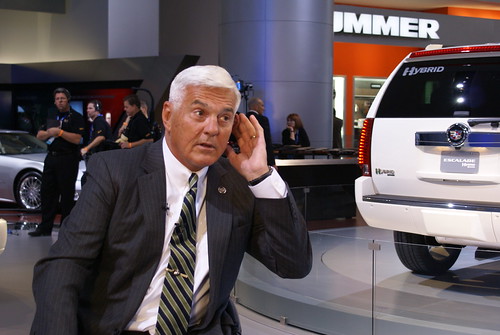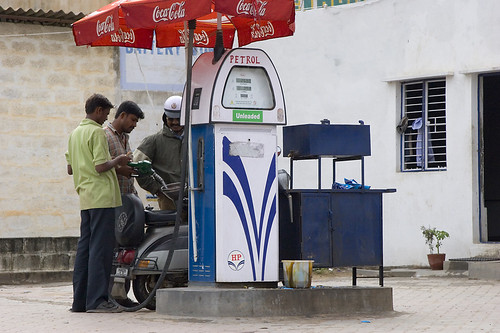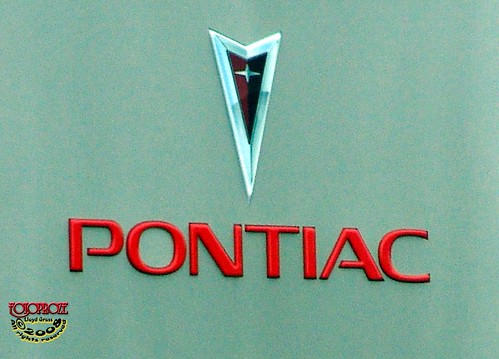Job Alert: Transportation Industry Analyst – USDOT @ Washington, DC

The Research and Innovative Technology Administration (RITA) seeks a Transportation Industry Analyst to join our team. RITA coordinates the U.S. Department of Transportation’s (DOT) research programs and is charged with advancing rigorous analysis and the deployment of cross-cutting technologies to improve our Nation’s transportation system. This position is located within the Bureau of Transportation Statistics’ (BTS), Office of Airline Information which collects on-time performance, financial, and operational data from the airline industry.
BTS is responsible for leading the development of high quality transportation data and information. As a federal statistical agency, BTS provides an objective source of statistical analysis for decision making at all levels.
RITA is looking for a motivated, self-reliant, dynamic professional who can apply their expertise in the collection, analysis, and dissemination of airline statistics. This includes managing large scale datasets, generating analysis, and applying the latest information technology to meet the Nation’s need for relevant, accurate, and timely airline statistics.
If you know someone interested in this Washington, D.C. based position with relevant experience and proven results please encourage them to apply under the attached vacancy announcements. We are looking for a diverse pool of qualified candidates.
The vacancy announcements can be found on:
http://jobsearch.dot.gov/getjob.asp?JobID=90800692 (All Sources)
http://jobsearch.dot.gov/getjob.asp?JobID=90800817 (Merit Promotion)
Open period: Friday, September 17th – Thursday, September 30th
Please direct any questions to Linda Riggins, Human Resources, at (202) 366-0277 or Linda.Riggins@dot.gov.







